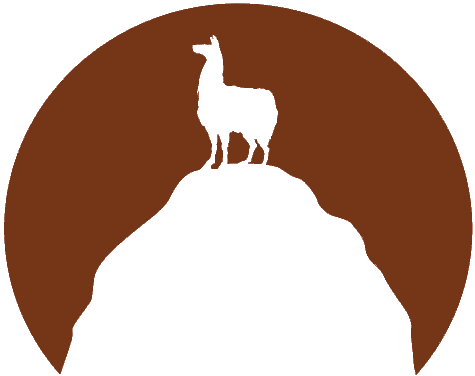Skirting
Intro to Skirting
Whether buying a fleece or skirting and accessing your own fleeces there are many factors to consider. Here at Morro Fleece Works we get both ends of the spectrum coming in. Skirting a fleece is very subjective...
Crimp
This is the visible waviness of the individual fibers. A good, consistent crimp allows elasticity, memory, resilience and loft in your yarn or finished garment. Crimp is measured per inch and graded by how many waves or...

Staple Length
3” to 6” is ideal. Staple length is measured from a relaxed lock of the fleece. For some fleeces the lock pulled straight will become a much longer measurement due to the crimp or curl. Because of crimp...

Fineness
Micron or fineness is how soft and fine the fleece fibers are. There are two measuring methods for fineness and these are micron count or the Bradford count. A fine fiber would be something close to a 20 micron or a 70 Bradford counts. In micron measuring...

Tender and Breaks
A break occurs in one portion of the staple due to a thinner area in the fiber. These usually occur during fiber growth at a time when feed is changed, an animal changes owners and therefore feed, a stressful time for the animal, such as pregnancy...

Kemp or Guard Hairs
Guard hairs are the extremely coarse fibers that poke out from the softer undercoat of the fleece and detract from the value of the finer undercoat. These can be tediously removed by hand or sent to a fiber processor with a dehairing machine. Unfortunately...

Vegetable Matter
Stickers, hay, leaves, sticks and poop in the fleece is called vegetable matter (VM) or chafe. Too much of this in even the super fine and super crimpy fleeces makes them nearly unusable. An area in the fleece where VM is excessive creates...

Matting and Felting
This is where the fibers all entangle together into one solid piece or pieces while still in the raw fleece form. Basically, if the fibers can not be pulled apart somewhat easily with your bare hands then it is too felted. Heavy VM in the fleece can cause...

Lice Nits
When farm animals get lice in their fiber, part of the lice life cycle is to lay an egg or “nit” onto the fiber strands near the skin. These tiny eggs attach firmly and are wrapped around the hair shaft. Even if the sheep, goat, alpaca or llama only has...

Dander or Scurf
These are little dried skin flakes similar to dandruff that are mostly found in the dual or double coat sheep breeds. Dual coat sheep tend to molt at the start of warm weather, releasing their fine undercoat. This is called...

Second Cuts
These are short little pieces of fleece that have two cut ends. These occur during shearing when the shearer goes over the same area on the animal twice, creating a “second cut”. If you lay out the fleece with the cut side up, you might see...

Skin Cuts
Of all the disgusting things that we see in fleeces, I find the skin cuts are the hardest to stomach. These are actual chunks of skin with fleece attached that were cut off of the animal by mistake during shearing. These can be...

Canary Stain
Also called yolk or yellow is usually seen in white wool fleeces. Canary stain is an unscourable yellow stain on the wool. I am not a scientist nor a shepherd so I am not completely sure the cause of this. I believe it is due to...

Bleached or Brittle Tips
These are fibers that are a bit damaged on the growth end tips. Watch for excessively pointed, discolored or dry tips. These brittle tips tend to break off in processing which can be problematic. Our particular carder, here at the MFW mill, will...

Rolled Show Fleeces
The proper way to prepare and enter a fleece for a show is to roll it up with the growth tips inside and the fresh cut side exposed. This is the correct, standard and required method for fleece presentation. So just to be clear...

Just For Fun
These are some of the things we have found in customers fleeces over the years: Many pairs of scissors, a half knit sweater, a bag of marijuana, a dead bird, a 4’ length of barbed wire, a large crystal egg, lots of toys – a Tonka truck, many...












